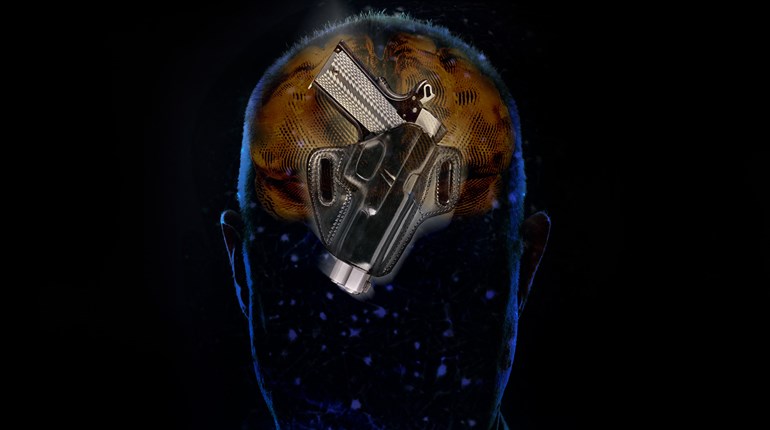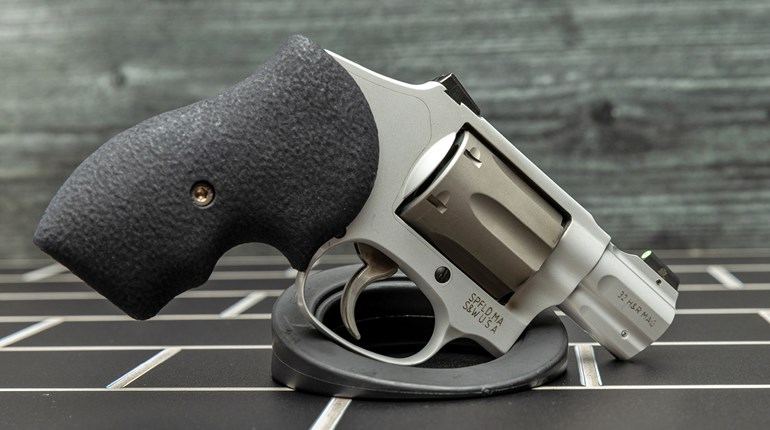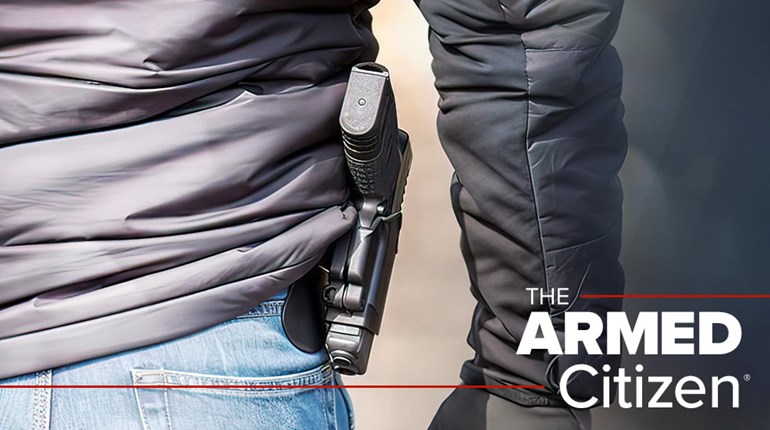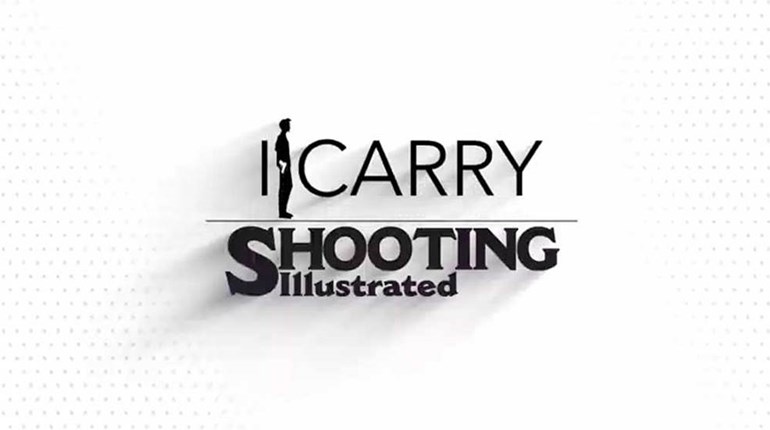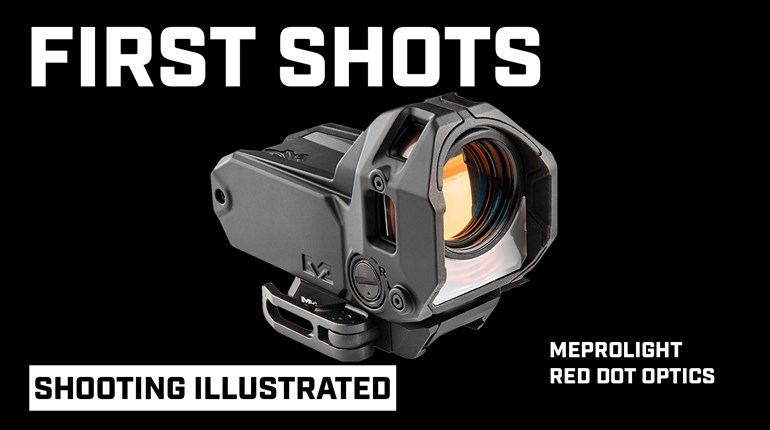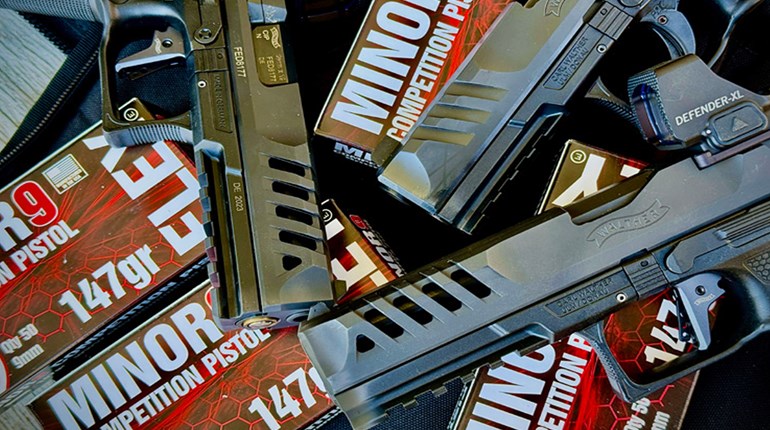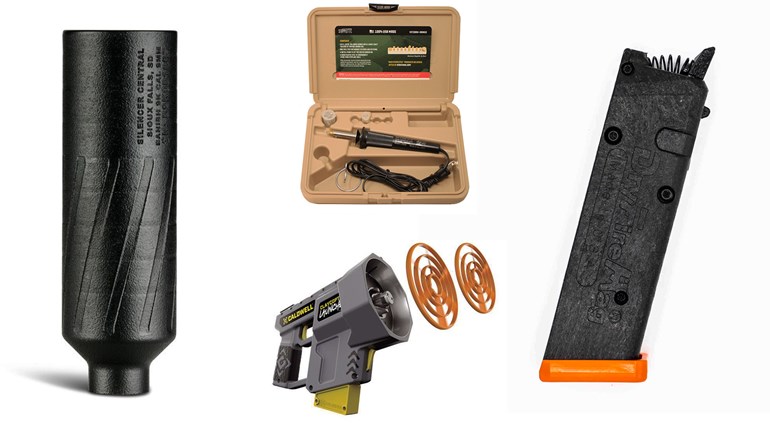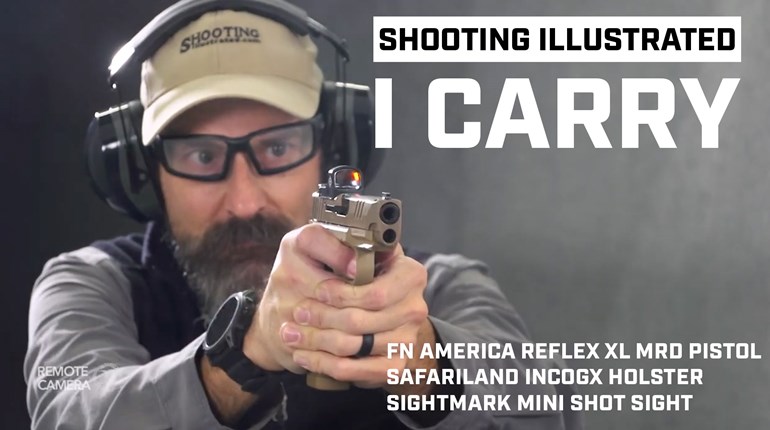
For many taking up concealed carry the first thing I suggest is considering the worst-case scenario. To define what a worst-case scenario would look like, start with being surprised. And, if that wasn’t challenging enough, start from positional disadvantages such as from on the ground or with a simulated injury to further complicate the situation, adding more realism. What are the advantages to considering the worst case? Doing so brings about a certain type of urgency. One that might change training, practicing and equipment methodology. It also helps to overcome fear. The more exposure early on, the more familiar, which translates to handling stress better. However, for me the biggest reason is twofold: avoiding complacency and forging a winning mindset.
The surprise attack has all the characteristics of a worst-case scenario. There are often no warning signs, or perhaps warning signs were ignored. As a result, the initial contact creates a significant disadvantage through reduced options, possibly injuries and maybe positional disadvantages. The event happened so quickly the brain is having a hard time processing in real time. It is even possible to create a false reality to cope with a sudden, unexpected attack, further complicating matters. Training and practicing are two of the rungs on the ladder to climb out of the surprise-attack pit.
Between a surprise attack and planned attack, the former is where I prefer to start in a training package. Managing the surprise attack by working from the time disadvantage to a positive outcome will help better manage just about any other type of melee. At the core of a surprise attack is lack of awareness. The first obstacle to overcome is acknowledging it can happen to anyone. The best in the business cannot maintain high states of alertness for extended periods. With this acknowledgment, work to reduce or limit distractions. I’ve talked about this in the past; staying alert means avoiding distractions. Filtering out those distractions provides a clearer image of the environment. It showcases the tactical zones.
Think of these zones as concentric rings where distance is referenced in ranges as long, close and contact. At the long range, the person of interest or potential threat is far enough away it would take significant movement and time to attack. Think across the street or down a grocery aisle. At close range, the perceived threat is close enough that a few quick steps puts them within contact range. Think of the other side of a car. That leaves contact range. As the name implies, they are within arm’s reach—if not already physically in contact. In a surprise attack, expect close range at best, contact at worst. The problem is as social creatures, people will move in and out of these zones constantly throughout our lifetime.
Another way to consider these zones is in the ability to respond with a concealed handgun. If the suspect is at close or contact range, it is unlikely you will have the ability to draw from concealment. Furthermore, doing so may also not be the best tactical option. Protecting from or countering the attack needs to be added to the tactical arsenal. Think about creating time and distance first, before attempting to draw from concealment. It may be more important to protect or defend against the initial melee attack, then find the time or create distance to draw. Defending yourself against someone at these ranges makes accessing your handgun a risk. The drawstroke is a series of movements that begins with the movement of the hands to the presentation of the handgun on target. Each of these movements must be performed to a minimum standard while at maximum speed. Adding an obstruction such as the cover garment only adds time. The ultimate goal for the concealed-carry practitioner should be the smoothest drawstroke with the fewest errors at the right time.
Even with a lightning-fast drawstroke, the assailant initiated the attack and they are in control. The judicious use of deadly force has strict criterion to be met before drawing a handgun. The time disadvantage will force the concealed-carry practitioner to play a wicked game of catch-up. Training and practice provide the means to improve the drawstroke. As stated previously, learning the fundamentals of a smooth drawstroke from concealment should be a top training priority. The next task is practicing from different types of cover garments. After achieving a high level of proficiency with the drawstroke technique work from positions of disadvantage and stress. This type of programing will expose weak areas in need of improvement. Even if the exact movement or technique hasn’t been practiced, there was probably something close enough to fill the gap.
High stress combined with working from a disadvantage still degrades skill. How much is hard to express. Stress is terrible and it affects each of us differently. However, the more exposure to it in training, the greater the resiliency. Stress inoculation is hugely important for two main reasons: It exposes skill degradation, while motivating and shoring up those weak areas. The other reason to work through stress is to build confidence. The confidence gained helps better cope with and handle a real situation. The goal is to develop confidence to smoothly clear the cover garment, quickly access the handgun and deliver rapid and accurate hits on target.
We discussed the worst-case scenario, which is a surprise attack. That leaves the planned attack. The concealed-carry practitioner with basic skills has a better chance in a planned attack because they should see the pre-fight indicators or cues. The planned attack may be visible earlier, picked up at long ranges because of situational awareness. The irony is even the surprise attack is a planned attack. The aggressor planned, the attack only we were not able to see their nefarious actions until it was too late. At its most basic level, this is the biggest difference between the two types of attacks. One is visible by paying attention and the other is a total surprise.

With a little advanced warning there are more options available. It starts with an assessment of the environment. Look to see what belongs and to understand what doesn’t belong. Next, is developing an escape plan. Part of an escape plan is looking for cover, exits and even weapons of opportunity. As distance starts to shrink, consider the aggressor’s actions. If moving to an exit, have they vectored to the same location. Are they communicating and, if so, what is their tone? If they are not, start paying attention to their hands. Remember, it is the hands that kill, so where are they and what are they doing or holding? Even a benign item such as a cell phone can be an impact weapon if wielded with enough force. Lastly, what are they looking at and how intense is their gaze? If they are looking around for potential witnesses, move quicker to an exit. If they are fixated on you and only you, it might be a good time for assertive and firm verbal commands.
Verbal commands are an important part of the concealed-carrier repertoire. To ensure the voice commands have the best chance of being followed is to keep them clear and concise. Avoid vague or long-winded phrases. Keep it simple, to the point and make them action related. It is advisable to rehearse the contact phrase in advance. This is a great time to get a little role-playing beforehand with a family member or friend. The more the contact phrase is practiced with both a positive and negative outcome, the better handling of a real-world scenario. An often-overlooked point is do not give a new command, until the previous command has been followed. If there’s been no control established through the first command, it is unlikely future commands will be followed. All the more reason to role-play. There is one last word on verbal commands: Do not give one if not fully committed to carrying it out or it is the right thing to do. It might seem like a good idea, but if the bad guy senses uncertainty or knows the law they may call the bluff. Think first before committing to something that could be inappropriate, unsound or unlawful.
Even experts get caught off guard. Limit distractions in an effort to pay attention to what matters. Being reactionary means playing catch-up on time, look for pre-fight cues before an attack. All skill levels will degrade under stress, so train and practice as often as possible. Build confidence to better manage stress. Set goals for developing a smooth drawstroke to deliver first-round lethal strikes when necessary. Recognize and understand the attack ranges and push out to long range to routinely assess the environment. It is easy to be surprised; it can happen to any of us at any time. Training is helpful in overcoming and even preventing an attack, just by being alert and confident. It’s all about creating a winning mindset.












